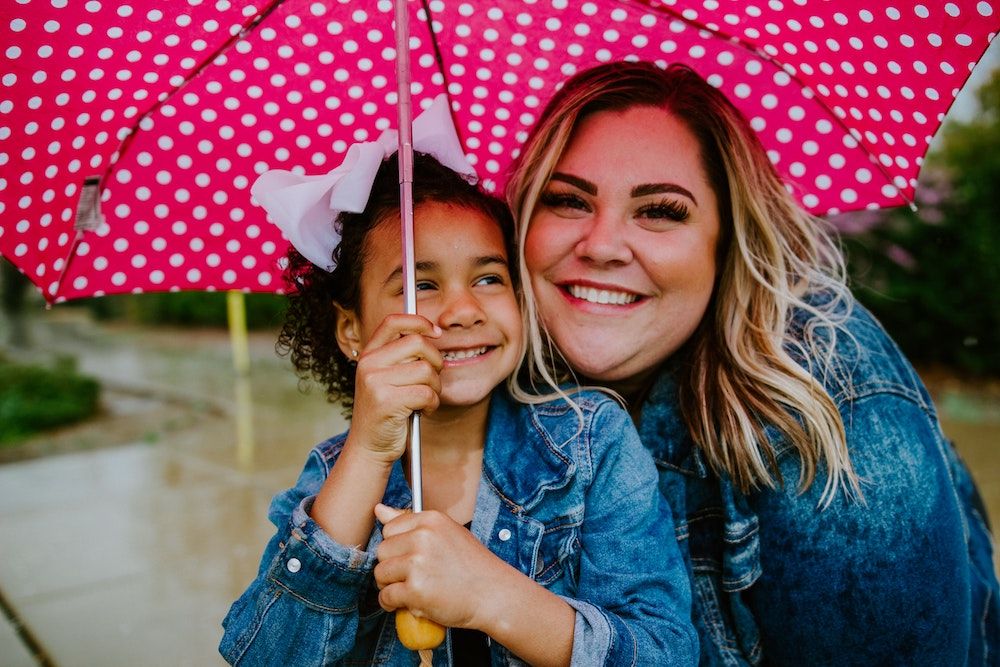Set kids up for life, with these tips for building gentle resilience
They may not pay bills, have full-time jobs, or deal with the pressures of adulthood, but children’s lives can still be extremely stressful as they’re constantly navigating multiple stages of emotional and physical development. Additionally, children experience daily stressors such as conflicts with peers, educational and social expectations, and the pressures that accompany their familial roles and relationships.
As a child psychotherapist, I’ve assisted many parents and caregivers as they help their children learn to manage both daily and transitional stress. I encourage adults to teach children the coping skills that they use to manage their own stress, and to discover new skills that they can practise together.
The process of teaching a child coping skills is not easy. Children may struggle with understanding, implementation, and motivation. How do you not only teach, but also encourage, children to consistently incorporate such skills into their lives? Here are my best tips for teaching a child to practise and internalise coping skills:
1. Keep it simple
Children don’t need overly detailed or complicated instructions. In fact, children are more likely to become distracted and/or forget the instructions if they’re too complex. Instead, choose a coping skill that is simple to do, and that requires few instructions. For example, progressive muscle relaxation (the practice of tensing one muscle group at a time, followed by a relaxation phase) can be used on all the muscles in the body. However, you may want to start with one muscle group at a time when teaching this to children. Also, try to avoid over-explaining how the coping skill works. So, instead of explaining how emotions become locked in the body and why releasing them is essential, it might be more effective simply to say: “This could make you feel better in your body and your mind.”
2. Incorporate all three learning styles
There are three main styles of learning: visual, auditory, and kinesthetic. Adults and children tend to have one or two primary styles. For example, one child may be primarily auditory, whereas another may be more visual, and another child may need a combination of auditory and visual learning techniques. When teaching children, you should try using all three styles so that you can meet their unique learning needs. In order to instruct children in a manner that incorporates each of the three main styles of learning, you would verbally explain the directions (auditory), show them how to do it (visual), and then do it with them (kinesthetic).
3. Make it fun
Children are less likely to try to use coping skills that are boring. Make sure that the skills that you teach are engaging. For example, one type of progressive muscle relaxation consists of sitting still and being aware of each of your muscle groups. Children can struggle to sit still and focus. Therefore, I tend to teach children the more active version of this skill, which consists of them squeezing and then releasing their muscles. You can also make ‘boring’ coping skills more engaging by adding fun elements to them, such as asking the child to pretend that they are squeezing slime out of their hands, or you might even give them slime or a ball to squeeze.
“If you want to teach a child a coping skill, then you need to use it, too”
4. Model the skills yourself
If you want to teach a child a coping skill, and you want them to use it, then you need to use it too. Observing an authority figure using a skill can instil a sense of the importance of the practice, which can motivate a child to implement the skill. This can be a better tactic than simply telling the child that they need to use the skill.
5. Utilise your support network
It’s not enough simply to teach a child a new skill. You also need to provide future support in order to help them use this skill when needed. A good way to provide this is to communicate with supportive adults in the child’s life, such as teachers, parents, family members, and members of the community. Inform these adults about the new skill, and make sure they know how to use it and when the child needs to use it. These adults can remind and encourage the child to utilise the skill, provide praise when the child uses the skill, and they can try the actions themselves in the child’s presence in order to model and reinforce it.
If your children are struggling with their mental wellbeing, visit counselling-directory.org.uk

